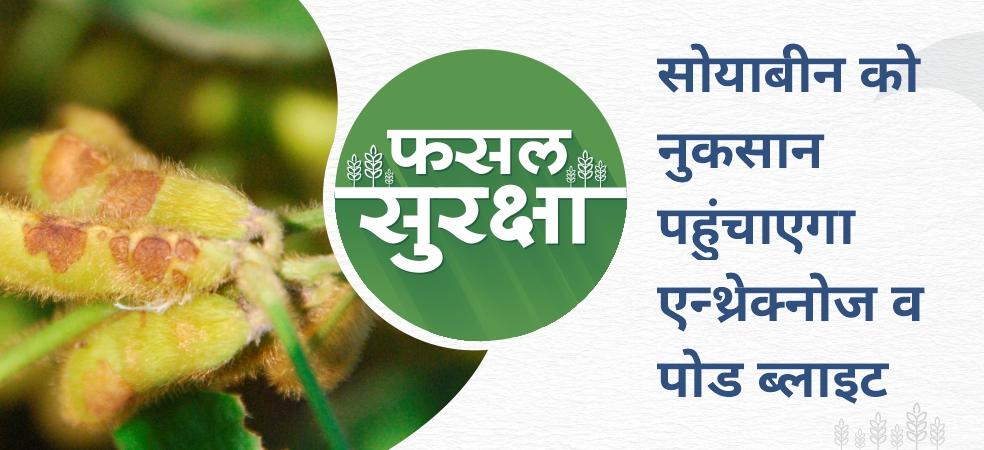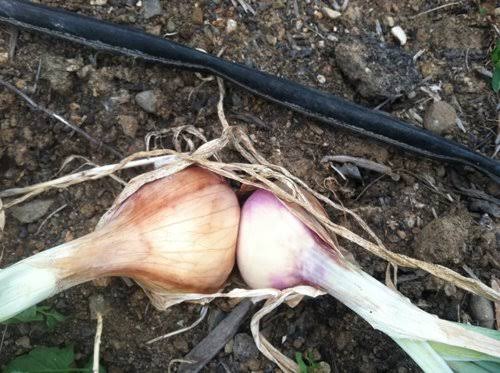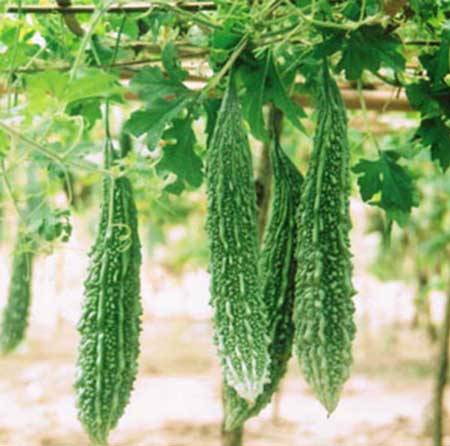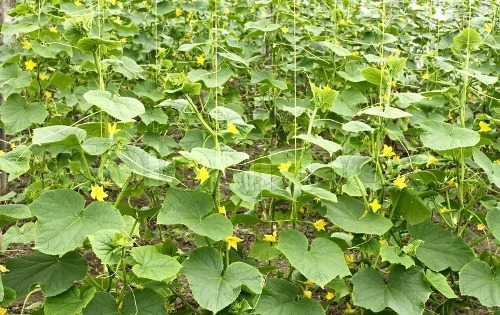-
Anthracnose is an important disease of the soybean crop, causing yield loss of up to 16-100%. This disease affects all stages of crop development. Symptoms can be seen on leaves, fruits, pods and even stems. Irregularly shaped spots, dark sunken lesions or reddish-brown spots appear on the plant. In the early stages of the infection, there are no seeds formed in the pods. The favourable temperature is 28-32 ºC. The pathogen infects the host at a minimum temperature of 22-25ºC.
-
To prevent this, spray Tebuconazole 10% + Sulfur 65%WG @ 500 gm/acre and Carbendazim 12% + Mancozeb 63% WP @ 300 gm/acre and Thiophanate Methyl 70% WP @ 300 gm/acre.
-
For biological treatment, spray of Trichoderma viride @ 500 gm/acre or Pseudomonas fluorescens @ 250 gm/acre can be done.
Add your farm with the My Farm section of Gramophone app and keep on getting the exact advice and solutions related to smart agriculture throughout the crop cycle. Share this article with your friends with the share button below.
Share




